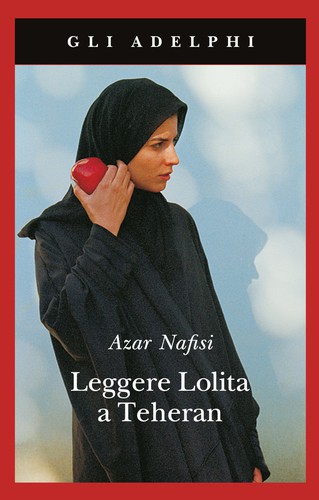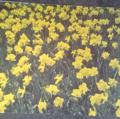Stephanie Jane reviewed Reading Lolita in Tehran by Azar Nafisi
A book about books
4 stars
I was attracted to Reading Lolita In Tehran by its promise of revealing life within Iran and also by the Margaret Atwood quote on the front of 'A book lover's tale'. Published as memoir, Nafisi does state right at the start that she had to change names and events in order to protect those remaining in Iran therefore it is hard to tell how much is actually true and how much flavoured by truth but essentially fiction. What is overwhelmingly apparent throughout is Nafisi's obsessive love for the greats of Western fiction and the energy she devotes to spreading this love as far as she can. Always a teacher, I did feel hectored by her tone at certain points in the book and there are frequent swings off into pure literary criticism. I wasn't expecting so much of a book about books so it took me a while to adjust …
I was attracted to Reading Lolita In Tehran by its promise of revealing life within Iran and also by the Margaret Atwood quote on the front of 'A book lover's tale'. Published as memoir, Nafisi does state right at the start that she had to change names and events in order to protect those remaining in Iran therefore it is hard to tell how much is actually true and how much flavoured by truth but essentially fiction. What is overwhelmingly apparent throughout is Nafisi's obsessive love for the greats of Western fiction and the energy she devotes to spreading this love as far as she can. Always a teacher, I did feel hectored by her tone at certain points in the book and there are frequent swings off into pure literary criticism. I wasn't expecting so much of a book about books so it took me a while to adjust to 'joining her class'. However, I now have several of the titles added to my To Be Read list as Nafisi's enthusiasm is inspiring. I'm not sure that I agree with all her critical conclusions and some of the connections drawn between the literary worlds and Iran seemed tenuous, but not having been in such a situation myself, I cannot tell how my reading of the books would be coloured by the daily lives these women lead. The title of Reading Lolita In Tehran is obviously meant to be titillatingly eyecatching to a potential Western reader and I think it actually detracts from the content of the memoir. Yes, Lolita is one of the many books discussed, but the choice of this for the title seems cynical to me. I wanted to learn how Iranian people adjusted to the restrictions on their lives after the Revolution. The difference between the neutral view presented of people who are religious Muslims and anger at those in power who used their interpretation of Islam to enforce the rigid lifestyle is interesting. Nafisi did seem to glide a line that allowed her to get away with transgressions for which her students were punished, even jailed. Perhaps her family name is more powerful than admitted or perhaps her previous Westernisation marked her as a lost cause compared to the younger girls. I was frustrated by her lack of external attention, several times admitting she hadn't noticed or asked something at the time that I would have loved to have learned. However, I feel I now have a basic understanding of Iran at this time as well as, of course, many insights into classic novels that I must get around to reading.



